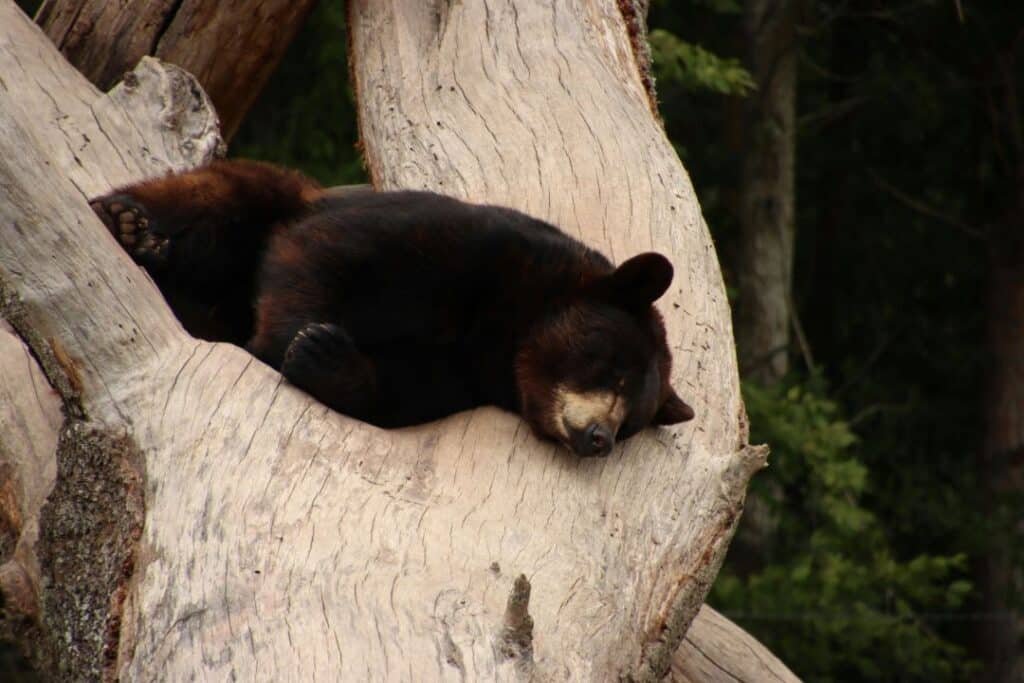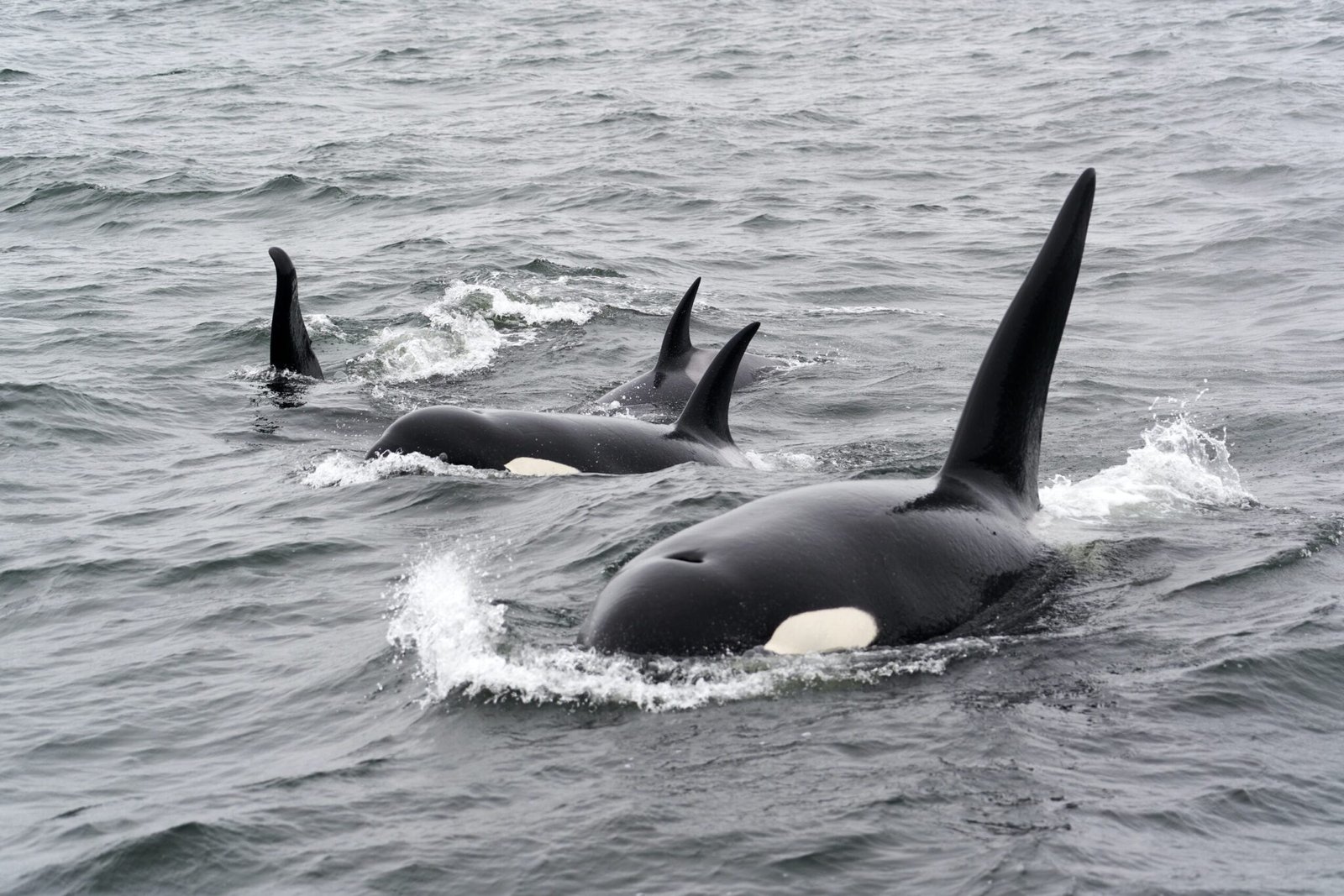Black bears are a common sight in North America, evoking a mixture of awe and curiosity among those who encounter them. A frequent question that arises is, “How fast can a black bear run?” Understanding the speed of these animals is not just a trivial fact; it is crucial for safety and conservation efforts.
Understanding Black Bears

Physical Characteristics
Black bears (Ursus americanus) are the smallest of the North American bears but don’t let their size fool you. They possess powerful muscles, particularly in their legs, enabling quick bursts of speed.
Habitat and Distribution
These bears are versatile dwellers, found in forests, mountains, and swamps across North America. Their widespread presence underlines the importance of understanding how they move in their natural habitat.
The Speed of a Black Bear
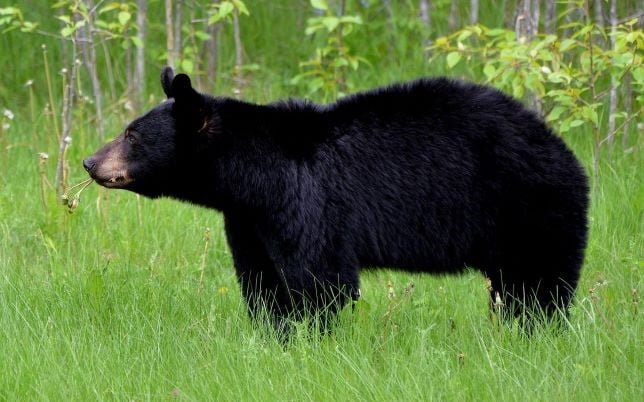
How Fast Can Black Bears Run?
A black bear can sprint up to 35 miles per hour (mph) in short bursts. This speed is enough to outrun a human easily and even match some of the fastest animals in the forest.
Factors Affecting Their Speed
Several factors influence a black bear’s running speed, including age, health, and the terrain they are traversing. Younger bears are generally quicker, and those in robust health can reach peak speeds more readily.
Comparison with Other Animals
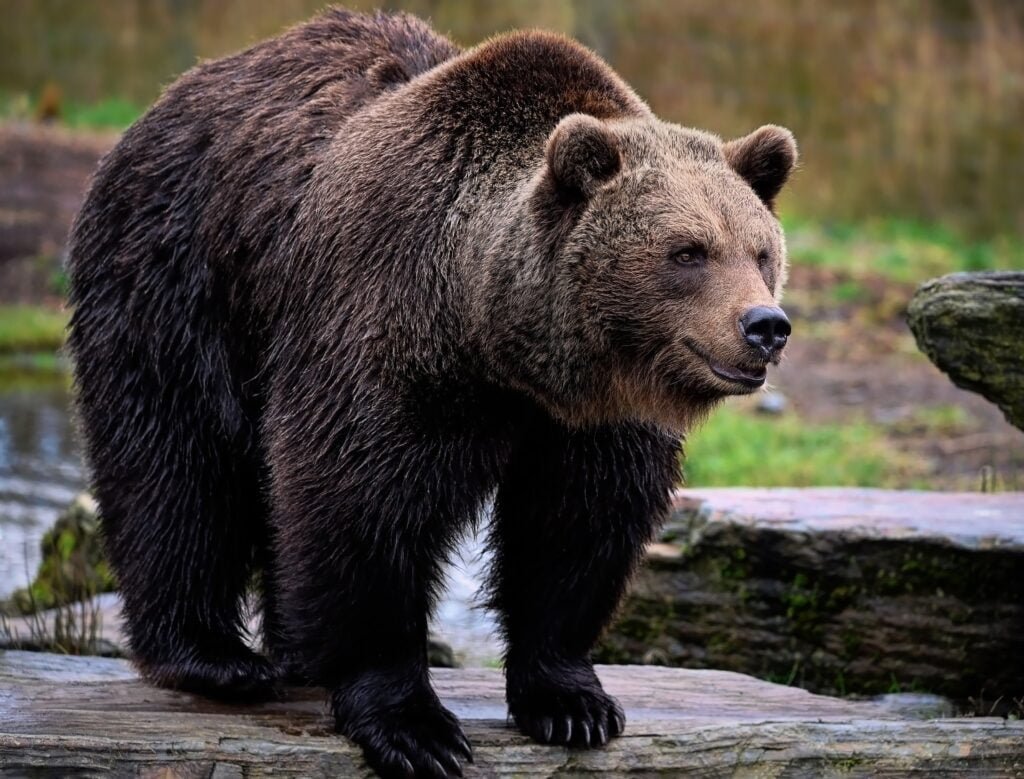
Black Bears vs. Grizzly Bears
While impressive, black bears’ speed falls short compared to their larger relative, the grizzly bear, which can top speeds of 40 mph.
Black Bears vs. Humans
The average human running speed is about 15 mph, far slower than a charging black bear, highlighting the importance of bear awareness in outdoor activities.
Reasons Behind Their Speed
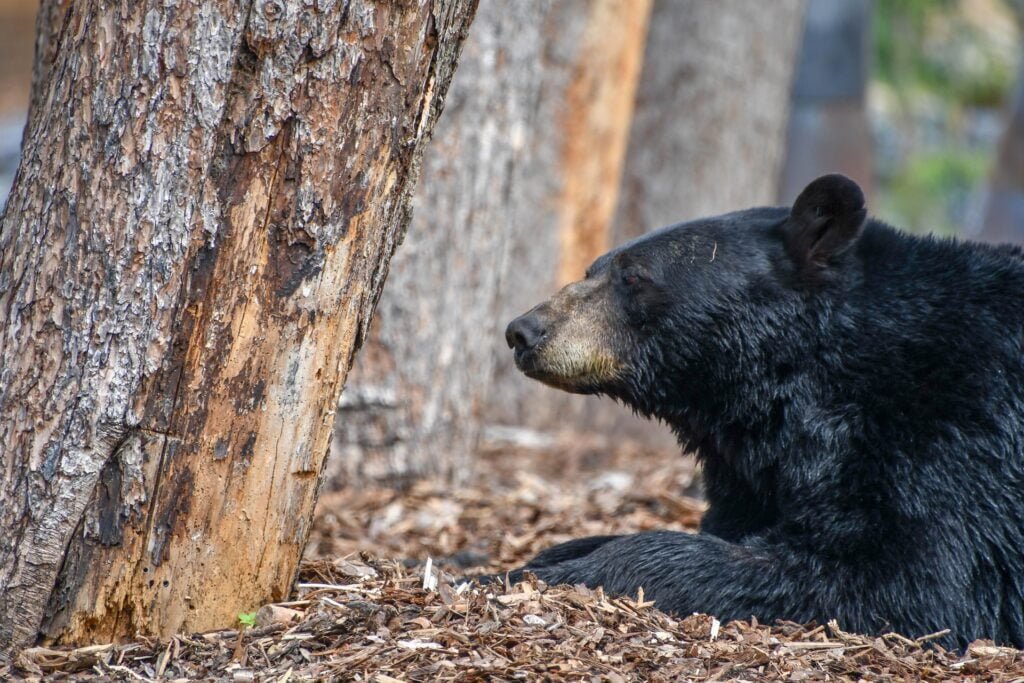
Evolutionary Advantages
Speed serves black bears in hunting and in escaping threats. It is an evolutionary trait that has enabled them to survive and thrive in diverse environments.
Predatory and Escape Behaviors
Although predominantly herbivorous, black bears can be opportunistic feeders. Speed helps them catch prey and escape from predators, including other bears and humans.
Human and Black Bear Interactions
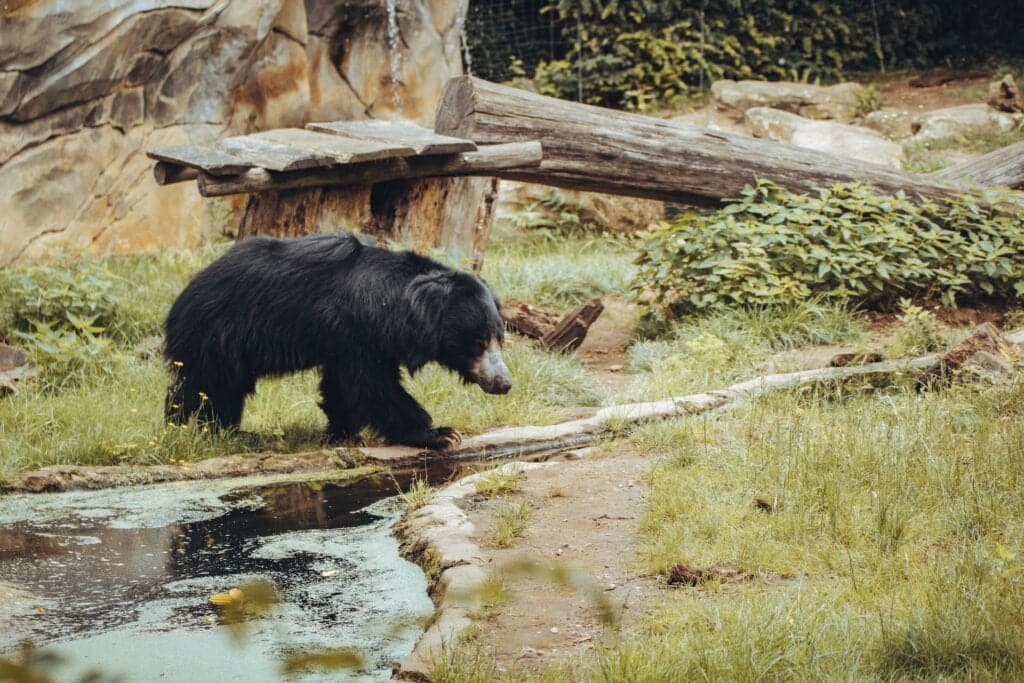
Safety Tips During Encounters
If you encounter a black bear, do not run. Instead, slowly back away while facing the bear and try to appear as large as possible.
Myths vs. Reality
Many myths surround black bears, such as the belief that they are always dangerous. Understanding their behavior and speed can help demystify these animals and promote coexistence.
Conservation Status
Current Threats
Habitat loss and human encroachment are significant threats to black bear populations.
Conservation Efforts
Conservationists work tirelessly to protect black bear habitats and educate the public about these misunderstood creatures.
Black Bears in Popular Culture
Representation in Media
Black bears often feature in media as symbols of North American wildlife, influencing public perception and interest in conservation.
Influence on Wildlife Perceptions
How black bears are portrayed can significantly affect how people perceive and interact with these animals in the wild.
Conclusion
The speed of a black bear is a testament to its adaptability and evolutionary success. By understanding how fast black bears can run, we can better appreciate, respect, and conserve these remarkable animals.

